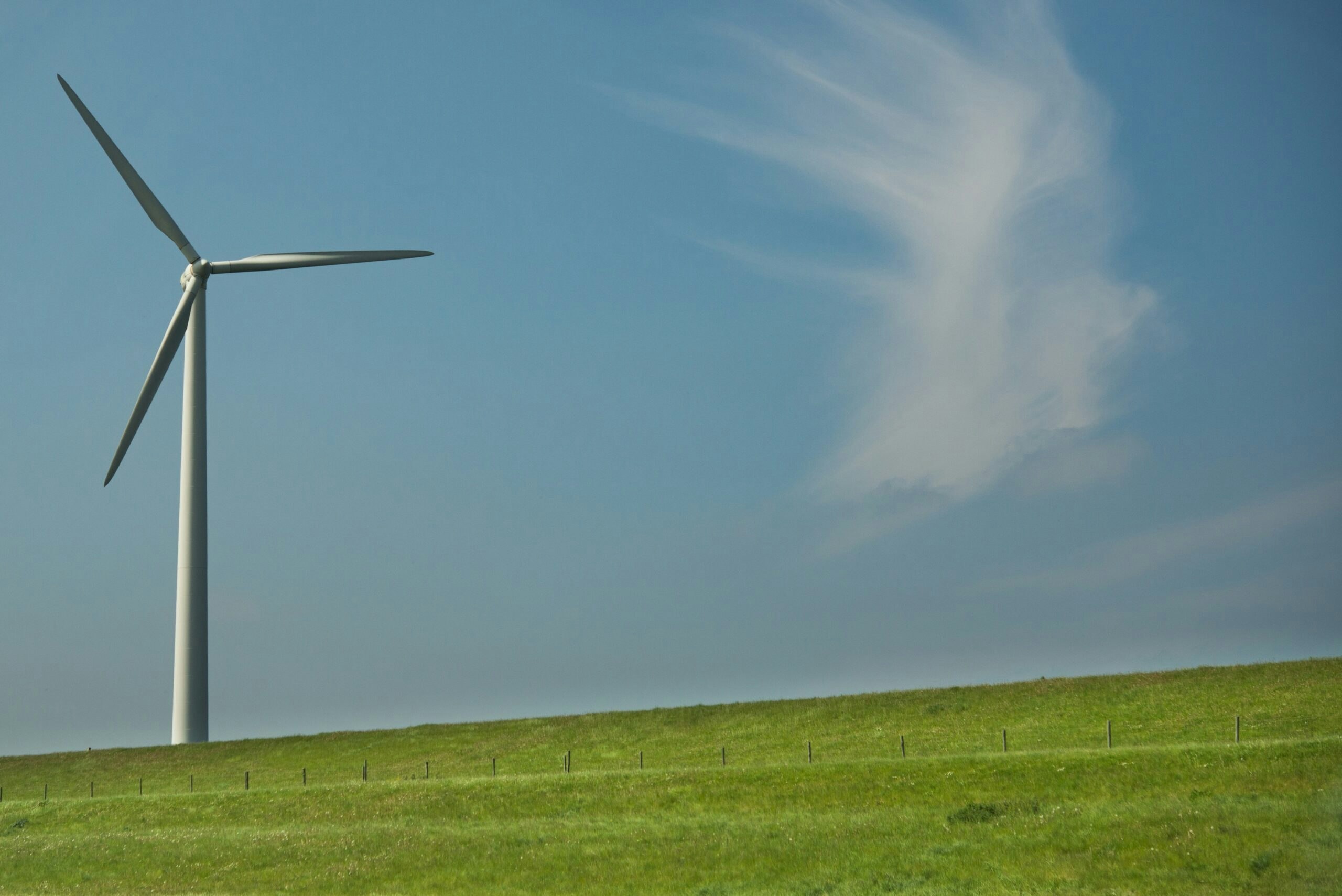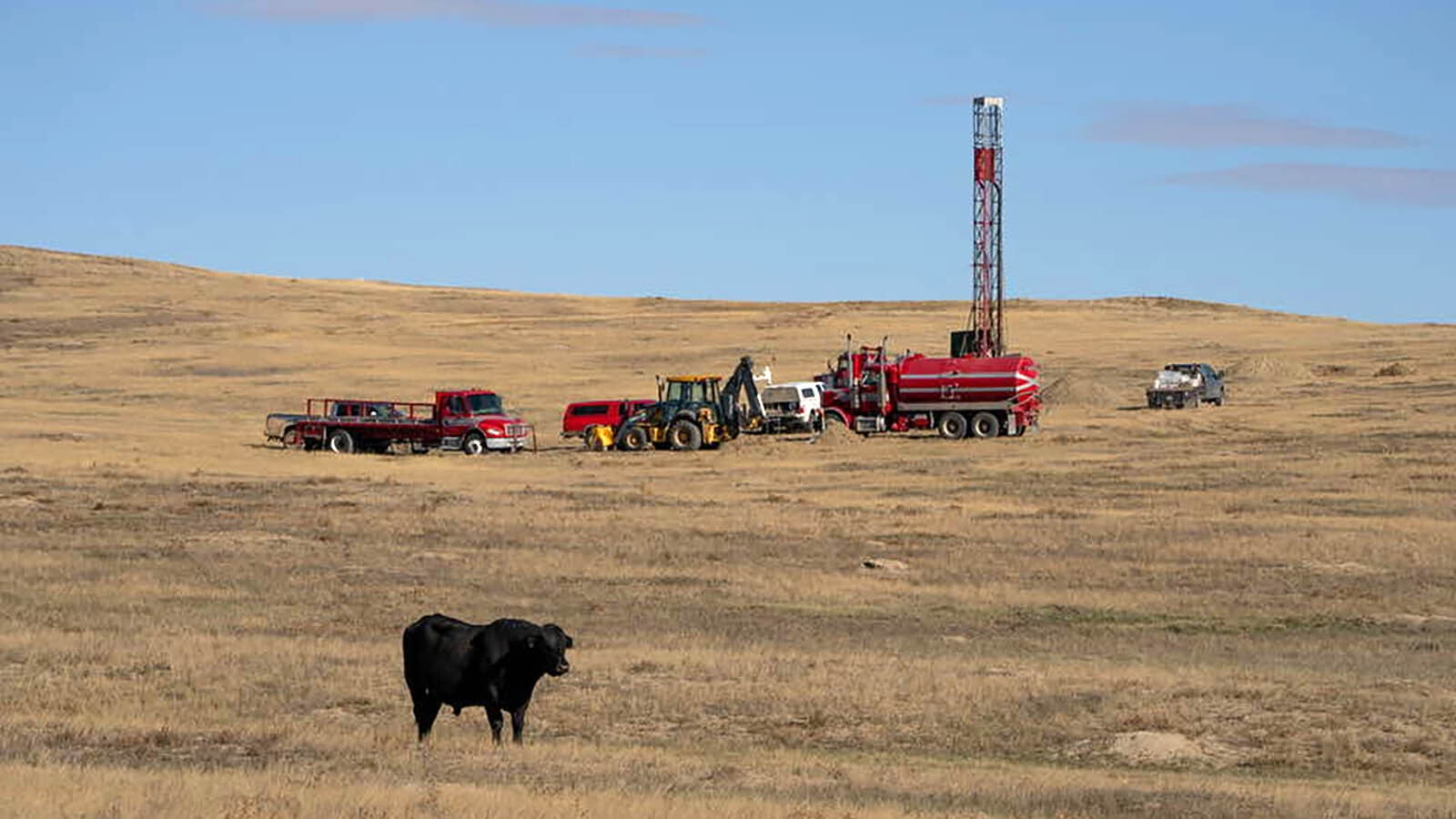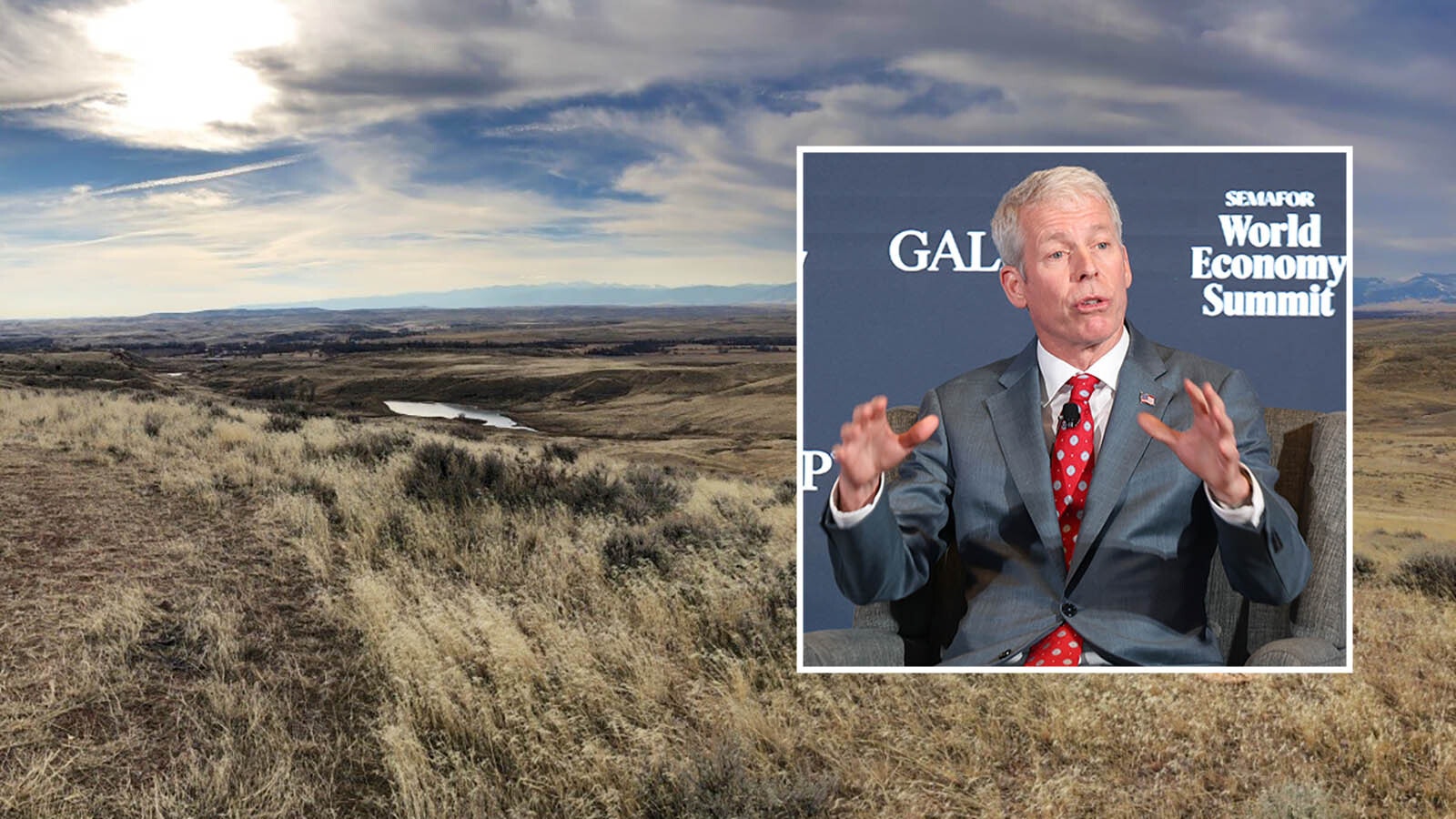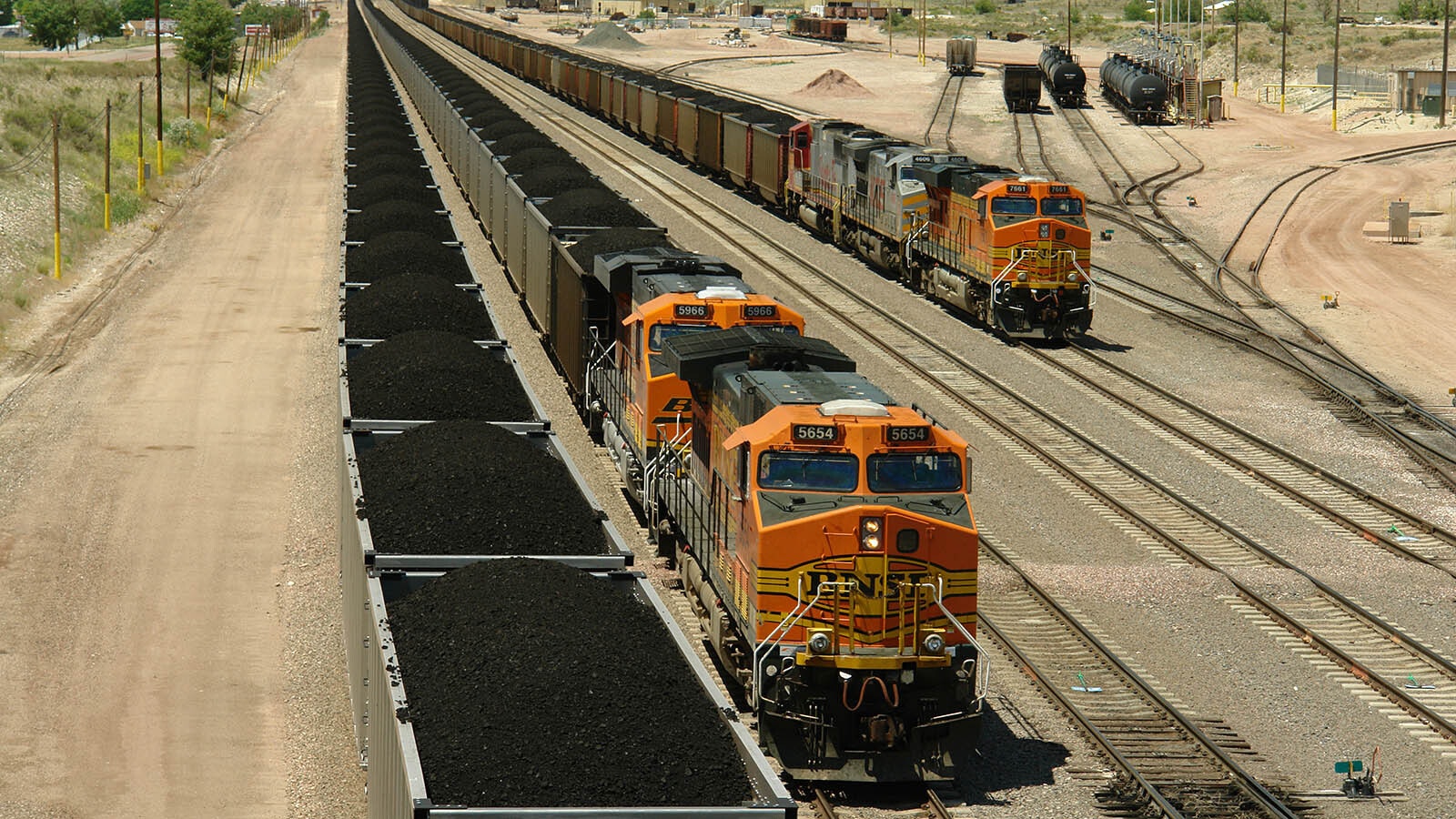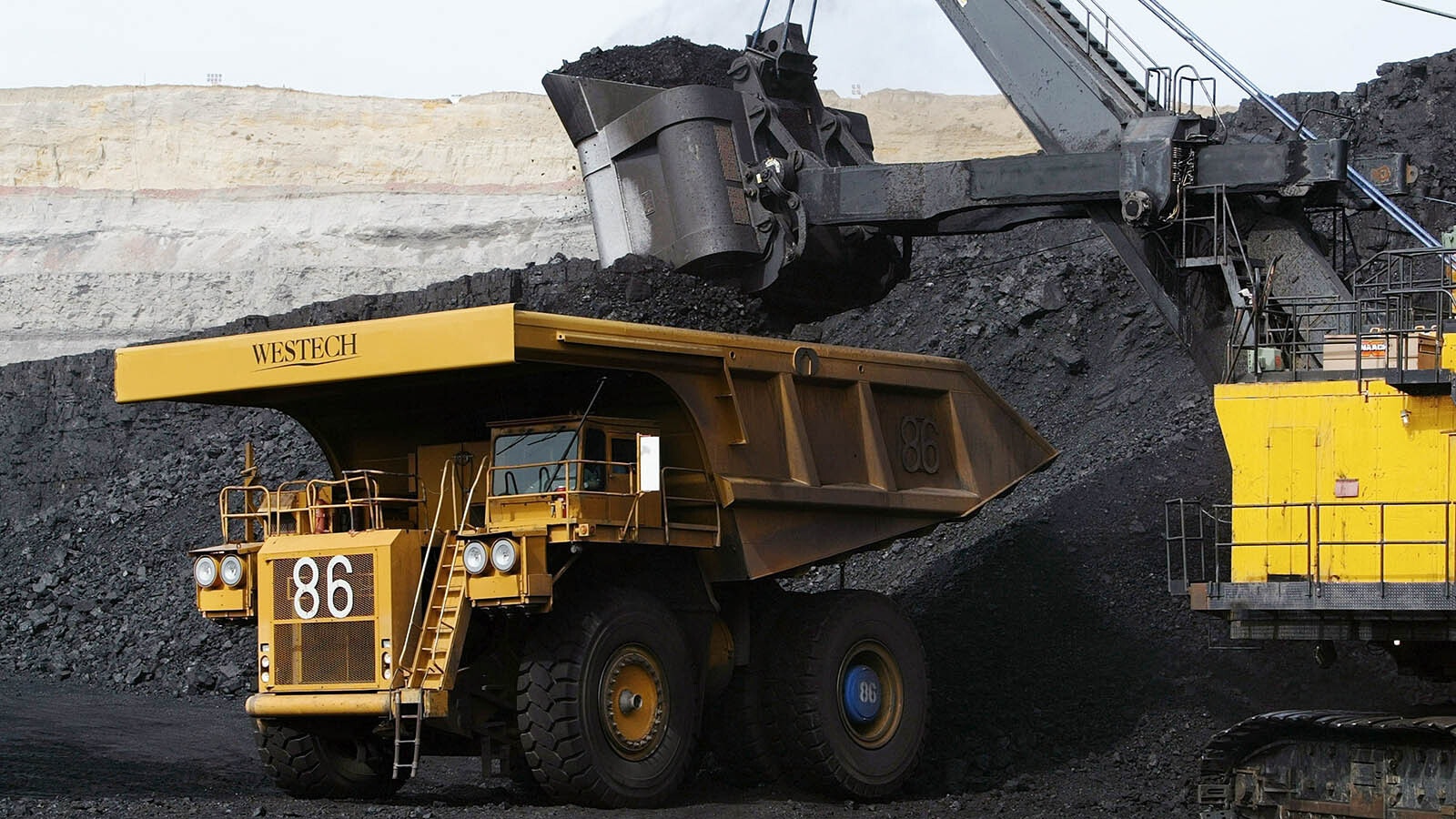An approved change in the construction schedule of the largest wind farm in Wyoming doesn’t mean that the project south of Rawlins has been delayed.
Instead, it means the Chokecherry and Sierra Madre Wind Energy Project will take 11 years to complete rather than eight as originally believed, officials said.
The new construction schedule, approved in February by the Wyoming Department of Environmental Quality, would see installation of 500 wind turbines, capable of generating a total of 1,500 megawatts of power, between 2022 and 2024. Another 396 turbines, with a generation capacity of another 1,500 megawatts, would be installed in 2025 and 2026, according to Kara Choquette, spokesperson for Power Company of Wyoming LLC (PCW) and TransWest Express LLC. Both companies are separate affiliates of The Anschutz Corporation, the Denver-based company.
A megawatt is a unit for measuring power that is equivalent to one million watts. One megawatt is equivalent to the energy produced by 10 automobile engines. A megawatt hour (Mwh) is equivalent to the amount of electricity used by about 330 homes during one hour.
The Carbon County Commission approved the construction schedule extension following a July 2 public hearing in Rawlins.
“It’s not unusual to request extensions or permits,” Choquette said. “Meeting all the rules and regulations at the county, state and federal levels is difficult, but it ensures protection of the resources. The State of Wyoming is very good at making sure energy development comes with environmental conservation.”
“We really appreciate the great support we have received for the project from the stakeholders of Carbon County and across Wyoming,” Choquette said.
The 2014 permit for the wind farm, issued by the Wyoming Department of Environmental Quality’s Industrial Siting Council, required communication about any construction scheduling changes.
In a January 2019 letter to Wyoming DEQ, PCW stated it had completed 49 turbine pads and 60 miles of roadways for the wind farm. But the letter also stated that the construction schedule needed to be amended because of market demands, workforce schedules and availability of construction materials.
“PCW’s proposed changes to the construction schedule are due to prioritizing the completion of these infrastructure elements for the entire project, Phase 1 and Phase 2, before moving to installation of the turbine and transmission components and balance of plant,” PCW Vice President Roxane Perruso wrote in the company’s letter to Wyoming DEQ.
PCW’s request was approved by Wyoming DEQ Director Todd Parfait in February, and the Carbon County Commission finalized approval at the county level following its early July public hearing.
The wind farm will ultimately triple Wyoming’s entire wind power generation capacity, Choquette said.
“This wind power plant will provide at least 3,000 megawatts of wind energy capacity,” she said. “Currently, Wyoming has about 1,500 MW of wind energy capacity installed in six counties, including Albany, Laramie, Carbon, Converse, Natrona and Uinta counties.”
Choquette said the Chokecherry and Sierra Madre Wind Energy Project (CCSM Project) is an estimated $5 billion investment.
“The long-term surface disturbance of the CCSM project is less than 1,500 acres of a working cattle ranch that will remain a working cattle ranch,” Choquette said.
Much of the surface disturbance involves the turbine pads – the graded areas of land where the turbines themselves will be installed.
Choquette said up to 200 workers will be needed in the first few years of wind farm construction, growing to a peak of almost 850 with construction of the turbines.
“This will increase business opportunities for local hotels, motels, RV parks, restaurants and other local service providers,” she said. “During operations, the CCSM project will create 114 full-time operations and maintenance jobs, which would make the project one of the largest non-governmental employers in Carbon County.”
Choquette said the CCSM project will provide significant property tax and sales/use tax revenue for Wyoming, as well as electricity tax revenue, totaling an estimated $850 million during construction and through 20 years of operation.
Choquette, also the communications director for Transwest Express LLC, said Transwest is an independent transmission developer.
Transwest, she said, is a separate company from PCW that is “exclusively focused on developing interregional transmission to connect Wyoming to new renewable energy markets in places like California, Arizona and Nevada, while also adding capacity for the West’s power grid that connects all western states.
“The TransWest Express Transmission Project, as well as Rocky Mountain Power’s Gateway West Transmission Project and their Gateway South Transmission Project, all go through the northern edge of the CCSM project site south of Rawlins/Sinclair,” Choquette said. “So, there are multiple transmission options for CCSM electricity, and similarly, the Transwest project will have the capacity to deliver energy westward from multiple Wyoming generation projects.”
The Wyoming DEQ’s Industrial Siting Council unanimously approved a permit May 29 to construct and operate the transmission project. The transmission line is scheduled to for construction between 2020 and 2023.

